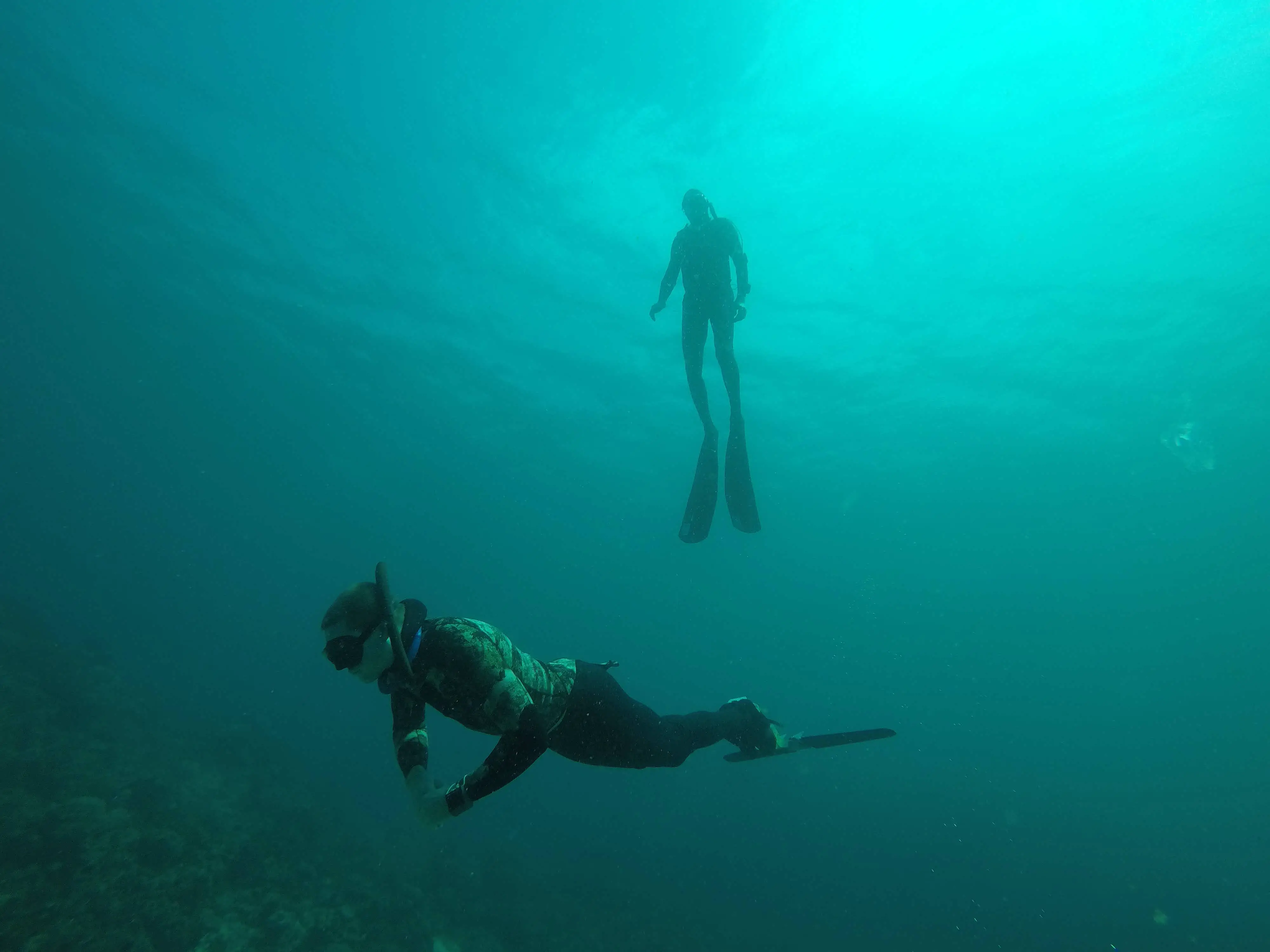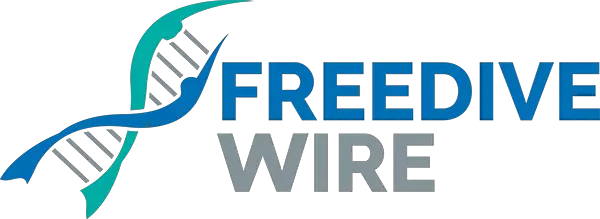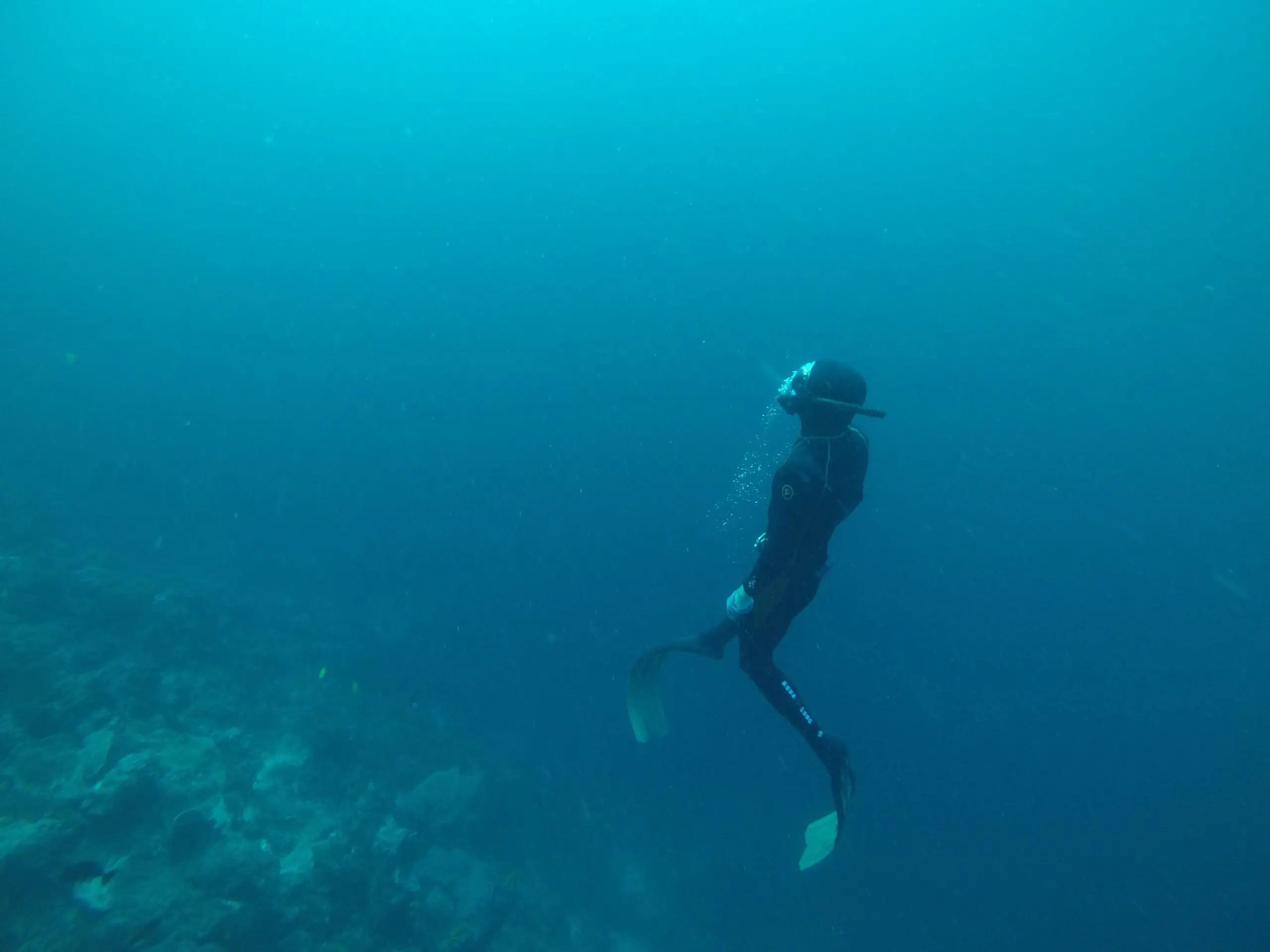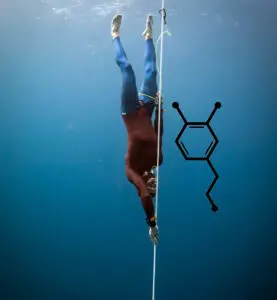Lactate is often, and wrongly, considered ‘metabolic waste’. In fact it helps us with exercise. In this article, we are going to have a detailed look at what lactate really is and what it does during exercise. You’ll also find out what the interplay is between lactate and lactic acid.
Highlights:
- We do not produce lactic acid, we produce lactate. However, we also produce H+ in muscle cells. Combine the two, and you have lactic acid. The reaction producing the excess H+ is not directly related to that which produces lactate.
- Lactate is produced continuously, even at rest.
- Lactate is not metabolic waste, lactate is used as fuel, both directly and indirectly.
- Once O2 becomes limited, lactate starts accumulating and enters the bloodstream (refer to here as blood lactate).
- Lactate is actually slightly basic, not acidic. However, H+ starts accumulating in the bloodstream too, reducing blood pH.
- Blood lactate increases rapidly when you hold your breath, even while doing a static.
- The dive reflex promotes anaerobic metabolism. An increase in blood lactate in freedivers indicates that the oxygen supply to the non-essential organs is effectively cut off.
What is lactate?
Lactate is an organic molecule consisting of carbon, hydrogen and oxygen atoms. Its formula is C3H5O3–. It is closely related to lactic acid, and the two terms are often used interchangeably.
Lactate with an extra proton (H+) is lactic acid. When dissolved in water, lactic acid falls apart into lactate and H+. This occurs as a reversible reaction: where there is lactate in an aqueous solution, there is also lactic acid. The ratio of lactic acid to lactate is about 1:20.
So when you hear you dive buddy say “oh I can feel all that lactic acid”, you can smugly point out the inaccurate statement and explain there is about 20 times more lactate in their body. It is difficult to know whether it is lactate, lactic acid or something else we are actually ‘feeling’. Regardless, you should be prepared for a long discussion.
The reason we all talk about lactic acid starts with bunch of dead frogs around 1910. Well, that is a bit simplified, but I’ve written about it before here, in case you want some background info.
In Longer and Deeper I wrote that we do not produce lactic acid. This does not mean that lactic acid does not exist in the body. The metabolic reactions that lead to energy production first produce lactate, and later produce H+. The two combine passively to form comparatively small amount of lactic acid.
Lactate is formed in tissues as part of lactic anaerobic metabolism. Most people wrongly believe that lactate only forms once the oxygen demand outstrips the supply. As we shall see, the story is a bit more complicated.
Lactic metabolism
Traditionally we thought about lactate as a toxic byproduct of the metabolism needed for anaerobic exercise. A common fuel substrate, pyruvate, is converted to lactate in order to regenerate NAD+. In plain English that means lactate was regarded as a necessary evil.
What we now know is that lactate is produced constantly, even at rest. It serves several important functions. In 2009 it was first proposed that lactate can be oxidized within the muscle cell. In this manner, lactate is not only recycled, it actually contributes to the metabolism that allows the muscle cell to function.
At rest and during exercise you produce lactate, and part of that lactate ends up in the bloodstream. As you become increasingly hypoxic, lactate becomes a more important contributor to energy production in muscle cells.
At rest only about 50% of the formed lactate is used within the muscle cells. The rest of the lactate moves into the bloodstream. During exercise or a dive, the amount of lactate used in the muscle cells increases to 80% and potentially even more. However, because the total amount of lactate produced increases, blood lactate will also increase. Lactate in the blood stream can be taken up by tissues to be used as fuel, or can be converted to glycogen and stored in the liver.
We’ve written about muscle metabolism before (here and here).
What blood lactate really tells you
If you payed attention, you now know that you always have some lactate in your blood. An elevated concentration of blood lactate simply means that you’re exercising. A continuously rising level of blood lactate means you are exercising at an intensity that you can’t keep up for very long.
You may have heard of the lactate threshold. The lactate threshold is a certain level of blood lactate. Below this level steady state exercise can be maintained aerobically. Once you cross the lactate threshold, you will rapidly fatigue and slow down.
Figuring out the lactate threshold of an athlete is difficult, so mostly we use VO2 max, speed, or other indicators. For many athletes it makes sense to train below the lactate threshold, so that training volume can increase, and muscle soreness decreases.
An interesting side note is that both the hypoxic squats in Longer and Deeper, and the foundational training of Eric Fattah in Holistic Freediving are meant to be done at a level in which you do not become very sore. Finding the ideal intensity of training in both cases is somewhat tricky. Perhaps they are the freediving equivalent of training at the lactate threshold.

The dive reflex and blood lactate
We have known that the blood flow to muscles is essentially cut off during a dive for a long time. The abstract of a 1966 study on seals by Bron et al. reads:
…During diving there is arterial constriction of the vascular beds of muscle, skin, kidney, liver, spleen, and presumably of all vascular beds except those perfusing the brain and heart. There is sudden constriction and narrowing of muscular arteries close to their origin from the aorta…
The relative contribution of lactic metabolism is dependent on both energy demand and oxygen supply. Lactic metabolism in sprinters is mostly due to an increased energy demand. In freedivers, even those performing statics, lactic metabolism increases due to a limited oxygen supply.
The limited oxygen supply is the result of vasoconstriction. Interestingly, because of that same vasoconstriction the blood lactate is not transported in the blood stream easily. Lactate in arterial blood increases slowly during a dive and rapidly after vasoconstriction stops and a diver surfaces. See also figure 1 of this article. If you are well-trained, your body will quickly process the lactate. If not, you are going to have pretty heavy legs after a long diving session.





Thoughts on Harry Chamas’ dedication to the KAATSU idea? https://www.freedivepassion.com/freediving-blog/kaatsu-for-freediving-the-future-of-freedive-training
Hi Kurt, I think KAATSU is a good method to promote the growth of type 2 muscle fibers. It is likely especially effective for people that find it hard to grow type 2, so if you are lean and skinny by default and do not pack on muscle easily it makes a lot of sense to try KAATSU. It will predominantly help your more anaerobic deep dives – the dives in which competitive divers like yourself push for depth and dive time.